In recent years, the automotive industry has undergone significant changes, leading to an increased use of touch displays. As a result, many car manufacturers are moving away from physical buttons in favor of minimalist interiors. However, Hyundai is bucking this trend and reintroducing buttons in their upcoming electric vehicles.
Hyundai's interest in touch-controlled interiors was inspired by Tesla's success with its large multimedia displays. Undoubtedly, large screens have a wow factor, but they can also distract drivers. Studies indicate that drivers interacting with touch screens take their eyes off the road for longer periods, increasing the risk of accidents.
Consequently, Hyundai has decided to change direction and reintroduce physical buttons for essential functions such as climate control and volume adjustment. Tactile controls for frequently used features enable drivers to make adjustments without taking their eyes off the road, ensuring a safer and more convenient driving experience.
While touch screens look appealing, they can be difficult to use, especially while driving. Tasks that should be simple, like adjusting the temperature or changing the radio station, can quickly become challenging on a touch screen. Physical buttons provide immediate feedback, making them more convenient and safer to use.
Although touch screens have many advantages, they are not always the best fit for all functions. Automakers can create a significantly better driving experience by combining touch screens with physical buttons.
Source: arenaev






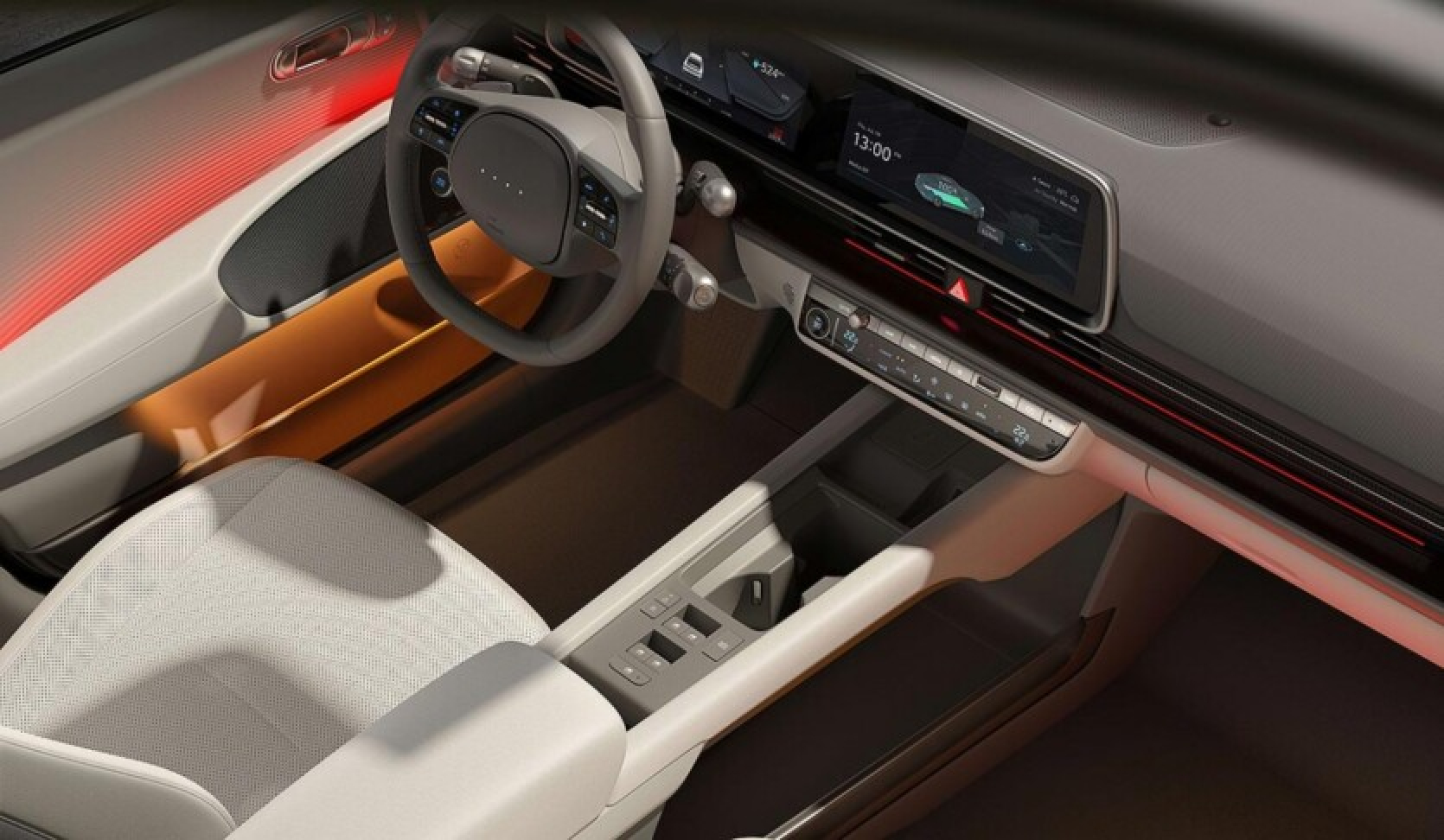


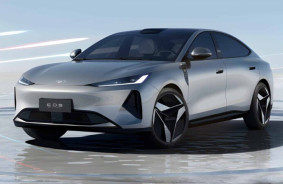
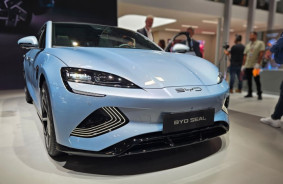

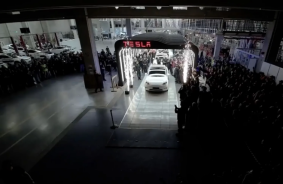
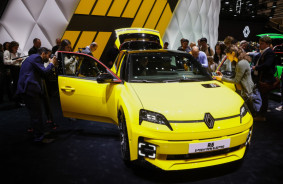
Comments (0)
There are no comments for now